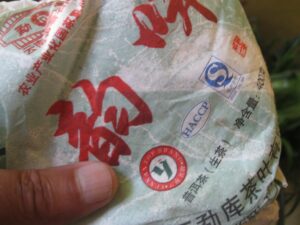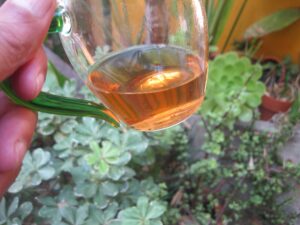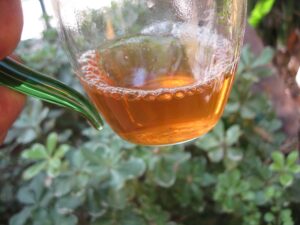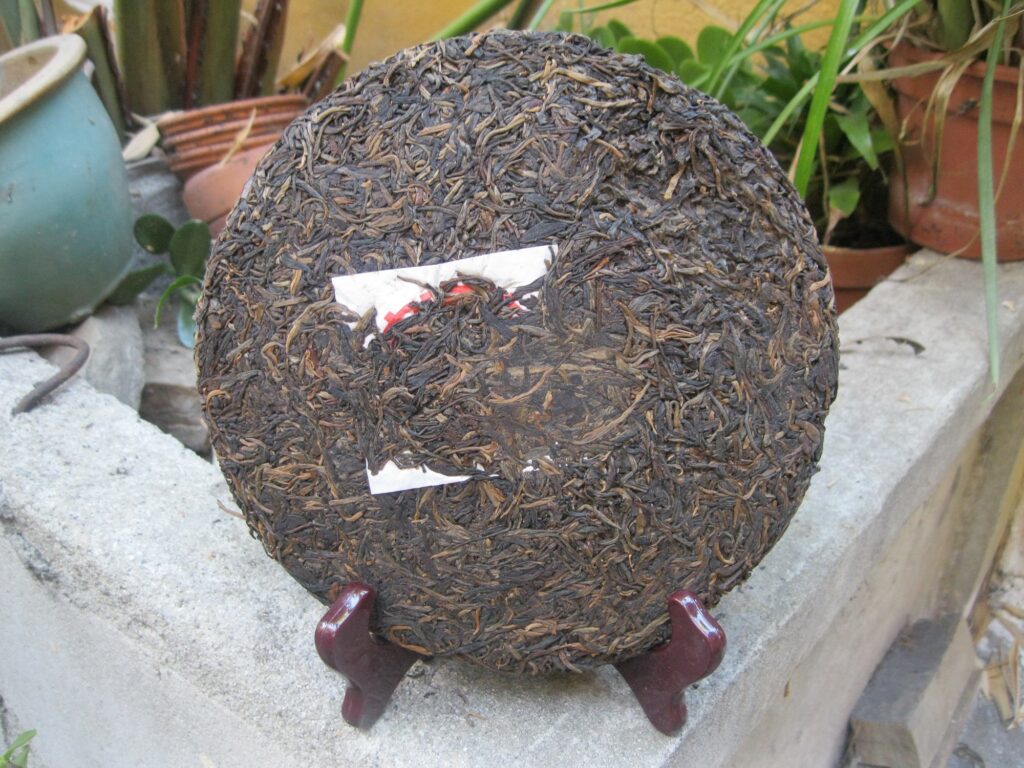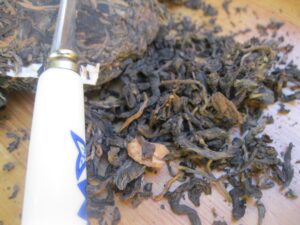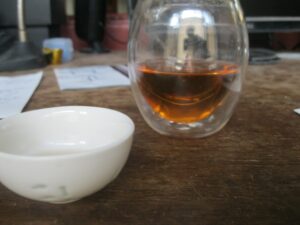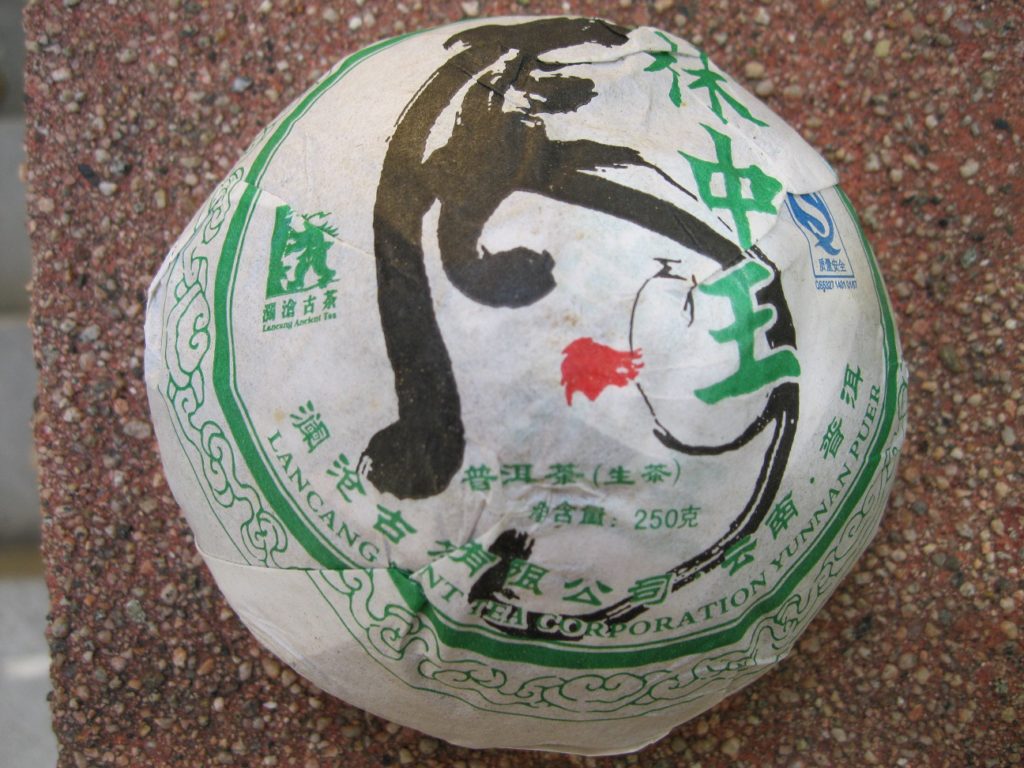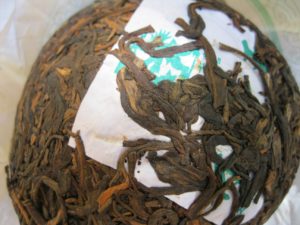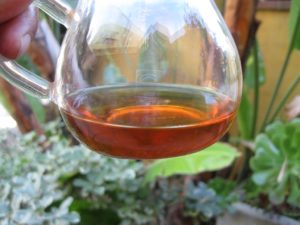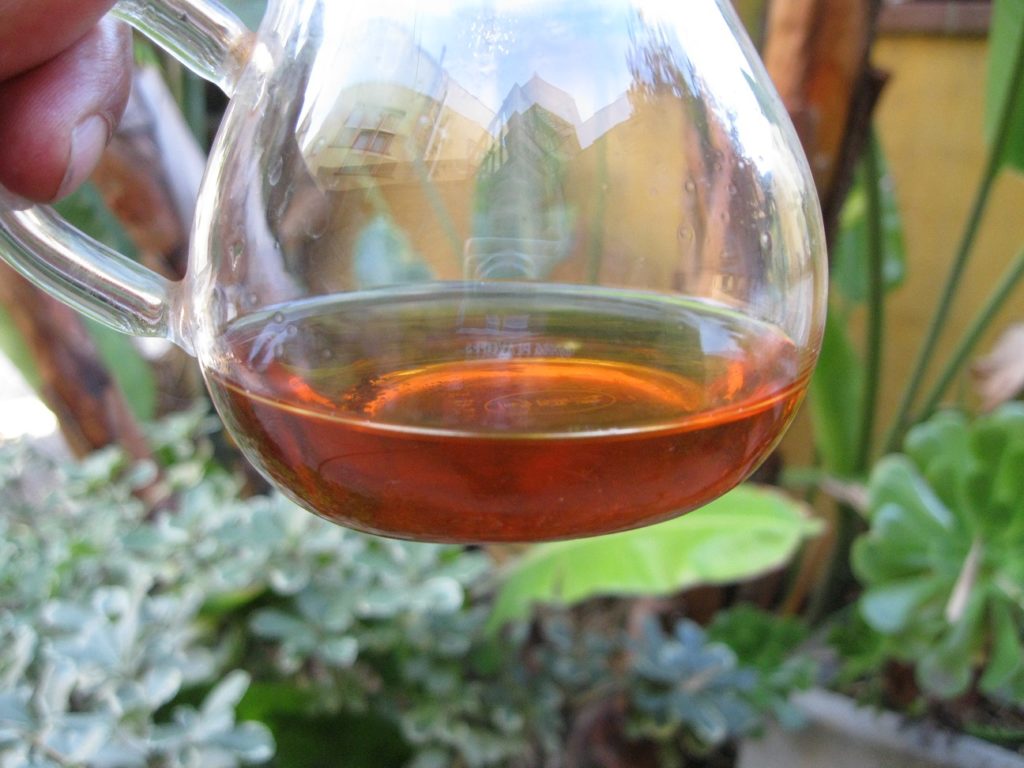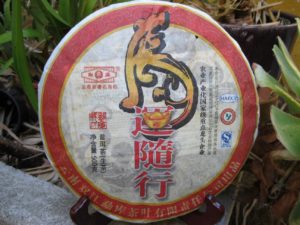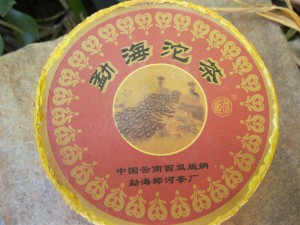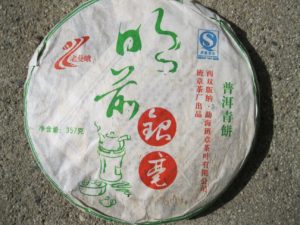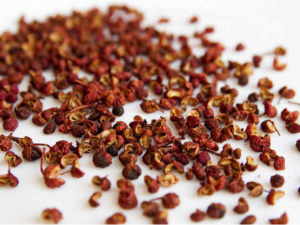Puerh Rating Creme Florale
Puerh Rating Creme Florale takes us to a 23 Aug ’22 tasting of a Mengku Rongshi production from 2011. It’s been in the Collection since April of ’21 and has now in effect sojourned two Los Angeles Summers. Here we subject it to the much ballyhooed PJRS.
Mengku Rongshi is an outfit focusing narrowly on Lincang offerings primarily in and around Daxueshan. Bingdao offerings essentially round out their pre-’14 selections, though in recent years they’ve offered more village specific selections, e.g. Xiaohuzhai, Mangfei, Xigui etc.
For several years they’ve been producing Lunar New Years cakes. One series with a yellow wrapper and zodiac animal floated around for several years but disappeared after ’19. Those cakes were 900g and equally handsome in price. A few years ago, PJ issued at least one missive on the Tiger (500g) of an altogether different series (perhaps a one off) that was nothing short of perfect, possessing that DXS zest with a splendid aged root beer-y and floral expression. I recently saw a description that it was Bingdao, but it’s not. I’ve been trying to source the Tiger ever since and the last time I saw it, its price was more than 3X the ’15 price and the vendor didn’t respond to calls. Oh well. Onto the Creme Florale. . .
Rating Creme Florale
Creme Florale presents with standard MKRS features in terms of moderate compression and an aggressive nature. Unique is the cream expression that comes in up front and through the middle before tailing off into an aggressive back end. The contrast between the two intrigues.
After three rounds the total was as follows:
- Aroma 12
- Clarity 9
- Sweetness 10.5
- Viscosity 10.5
- Astringency 8
- Huigan 10.5
- Qi 9
Reflections
Creme Florale possesses an extremely inviting aroma, something like Cream of Wheat with a hint of citrus. Cream and a hint of grass characterise the first infusion’s broth taste, with a thickening and sweetening as it cools. On comes the astringency, sassy, along with citrus and definite mouth watering.
An extravagant vanilla aroma follows in the next infusion with a matching taste. Astringency is strong with a lilies and orchid in the huigan. This effect possibly gets overwhelmed by the astringency. The rating notes that CF rates lowest in astringency, not for lack of it but because it has too large a presence.
The qi hits in the second infusion, heady with hints of being too aggressive in the chest. Salivary activity, as an expression of huigan, excels. Hunger starts to set in. At cooler temp, bitterness is detectable with the aforementioned citrus note.
By the third infusion the lily-orchid note is in full effect, accompanied by very noticeable bitterness. Cooler the broth thickens and sweetens, with the bitterness abating before returning in the huigan. The cream note comes through at cooler temps as well. In this infusion, clarity rates 2.5 reflecting the overall youthfulness.
Conclusions
Creme Florale is aptly named and perfectly suitable for those who like their raw puerhs on the younger side, i.e., with lots of astringency. The aroma and up front tastes are divine. The expression holds true to the MKRS house style, and as the session progresses their characteristic brightness and force are on full display. Give or take, CR lasts a good nine rounds. This session was flash brewed in a gaiwan and time wasn’t added till about the seventh round.
69/105 B-
About the PJRS.


